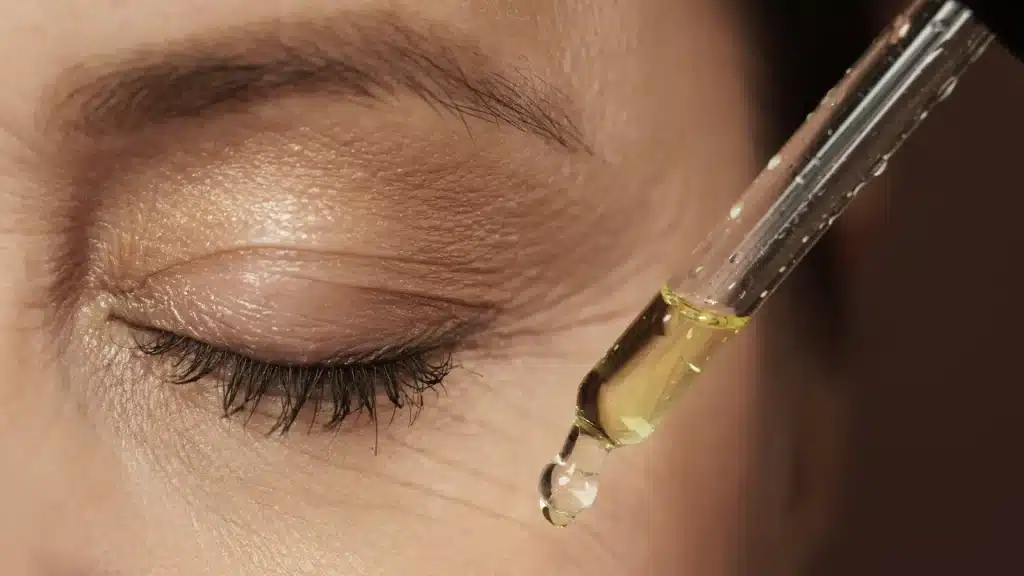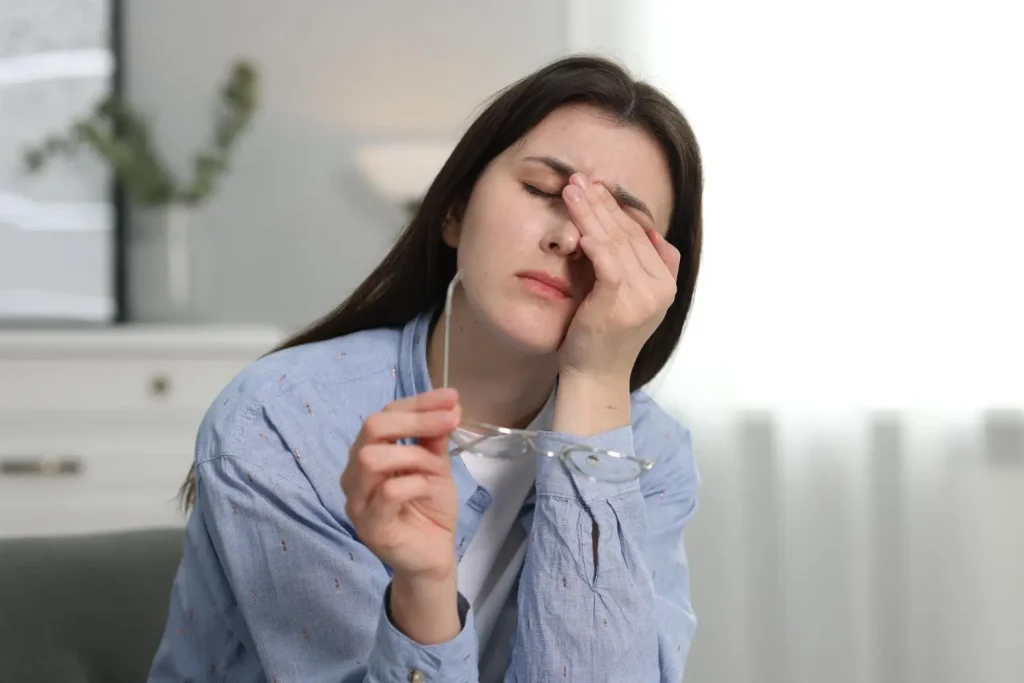According to ophthalmologists, eyelash extensions can be safe when certain precautions are taken. These extensions, professionally applied to natural lashes using semi-permanent glue, are increasingly popular. They promise longer, fuller lashes for individuals seeking that extra allure.
Numerous individuals opt for eyelash extensions to enhance their lashes and improve their appearance in the eye region. For individuals seeking alternatives to extensions, non-surgical options such as Latisse or Revitalash provide longer-lasting results. With consistent use, Latisse and Revitalash promote fuller, darker, and naturally beautiful lashes, contributing to aesthetics and eyelid protection.
This article will compare Latisse and Revitalash, their safety and efficacy, appropriate application protocols, treatment duration, and potential side effects.
Key Takeaways
- Latisse and Revitalash have unique formulations to activate lash enhancement through distinct mechanisms.
- While both treatments have limited clinical evidence online, Latisse and Revitalash have their fair share of safety and effectiveness in their independent studies.
- Careful application and consistent use of these treatments promote lash growth where it matters, yielding fuller, longer lashes over time.
- Anyone considering this treatment should seek advice from a healthcare provider beforehand, ensuring safety and maximizing the benefits while minimizing risks associated with its usage.
- A thorough consultation with a medical professional can help patients understand which treatment suits their concerns.
About: Medical Spa RX provides medical practices with premium products at the best prices. If you’re looking to buy Latisse for your practice, the sales representatives at Medical Spa RX can give you guidance.
Introduction to Latisse and Revitalash
Latisse and Revitalash are eyelash growth serums designed to enhance lash thickness and length, but they have key differences. Latisse uses a bimatoprost ophthalmic solution of 0.03% to promote lash growth, targeting hypotrichosis by enhancing lash length, thickness, and darkness. It is FDA-approved for this specific purpose, making it the first and only product of its kind.
Revitalash, on the other hand, combines biotin, lipids, green tea extract, peptides, and a smaller concentration of latanoprost, another prostaglandin derivative. These ingredients work together to nourish and strengthen lashes. However, Revitalash has not received FDA approval, which may influence medical professionals’ recommendations for patients seeking safe and effective solutions.
Efficacy Comparison of Latisse and Revitalash

While both treatments have limited clinical evidence online, Latisse and Revitalash have their fair share of safety and effectiveness in their independent studies. Latisse conducted a randomized study involving numerous individuals to prove the efficacy of the prescription medicine.
Interestingly, 78% of the people using Latisse (107 out of 137) noticed a significant increase in their eyelashes, including the fullness, length, and darkness, compared to those who had not received the treatment. Furthermore, other statistics involving the lashes are 106% fuller, 25% longer, and 18% darker.
On the other hand, RevitLash Advanced Sensitive contains peptides and amino acids to strengthen and nourish the lashes and has shown impressive results in an 8-week independent consumer study. Out of the 161 users, 98 percent experienced healthier lashes.
Revitalash has a few before-and-after photos and patient testimonials about the treatment. In particular, this patient shared their before-and-after Revitalash treatment look, with the improved appearance of their brows and lashes. These photos show a difference of three months, proving the conditioner’s effectiveness in lash and brow growth.

Meanwhile, RealSelf has numerous user-patient reviews of their experiences with Latisse. These few patients have shared how Latisse gave significant lash growth due to their consistent use of the prescription medicine.


Practitioners must make patients understand that individual results may vary. Due to the FDA approval, medical professionals and experts may highly recommend Latisse over other alternatives.
Patients must seek the guidance and expertise of a medical professional to understand the proper Latisse dosage, its treatment procedure, how it works, the possible connection between Latisse and glaucoma, and other alternatives for brow and lash growth.
Application Protocols and Treatment Duration
Correctly applying Latisse and Revitalash plays a pivotal role in achieving desired outcomes. Both treatments have specific guidelines for use and vary in how long they take to show results.
- Latisse Application: This prescription medicine treatment requires using the provided applicator and applied carefully across the skin of the upper eyelid margin at the base of the eyelashes once every evening.
- Revitalash Application: Patients must apply this lash conditioner once daily or at night. Revitalash requires applying a thin line of RevitaLash Advanced directly to clean, dry eyelashes above the lash line.
Careful application and consistent use of these treatments promote lash growth where it matters, yielding fuller, longer lashes over time. Furthermore, Latisse and Revitalash offer effective outcomes to their patients.
- Latisse Duration: Individuals can see results within four weeks of consistent use. Key observations reveal that the full results of Latisse before and after eyelash transformations become noticeable at 16 weeks.
- Revitalash Duration: According to Revitalash’s FAQs, many people report noticing their enhanced lashes immediately. 98% of RevitaLash Advanced users experienced improved lash appearance in six weeks. However, for best results, patients must use it as directed.
Potential Side Effects
Understanding the potential side effects of Latisse and Revitalash is crucial before making a choice. These are each product’s most common side effects; patients must seek medical attention when any of these persist.
- Latisse Side Effects: Itching sensation in the eyes or eye redness
- Revitalash Side Effects: Eye irritation, swelling, or redness.
Pregnant or breastfeeding women must steer clear of Latisse or Revitalash due to potential risks that have not been thoroughly studied. Anyone considering this treatment should seek advice from a healthcare provider beforehand, ensuring safety and maximizing the benefits while minimizing risks associated with its usage.
Cost Considerations and Availability

Exploring the cost of Latisse and Revitalash reveals significant differences that may influence a patient’s choice. Both products are widely available, but their accessibility can vary depending on location and supplier.
- Cost of Latisse: A 5ml Latisse product costs $139 at Medical Spa RX.
- Cost of Revitalash: This cosmetics collection may range from $100 to $150 from various trusted suppliers online.
Patients often weigh their experiences with both products, assessing efficacy and financial implications over time. With Revitalash’s favorable pricing, individuals look for value in their investment in achieving longer, fuller lashes without significantly impacting their wallets.
Latisse requires a doctor’s prescription before purchase, placing it under medical professionals who assess patient suitability and oversee its use. On the other hand, patients can purchase Revitalash over the counter without needing a prescription. This accessibility means individuals aiming to stimulate lash regrowth can procure Revitalash directly from stores or online retailers.
Selecting the Most Appropriate Treatment
Choosing between Latisse and Revitalash depends on individual needs, considering specific preferences and advice from healthcare professionals. A thorough consultation with a medical professional can help patients understand which treatment suits their concerns.
- Individual Needs and Preferences: Patients have unique needs and preferences that greatly influence their choice between Latisse or Revitalash. Understanding each patient’s specific goals, lifestyle, and sensitivity to potential side effects is crucial in guiding them to the most suitable option.
Before starting treatment, discuss any eye conditions or sensitivities, the use of Latisse or Revitalash, and its potential side effects. Remember that personalized needs and preferences differ from one patient to another.
Healthcare providers must understand the distinctions between Latisse and Revitalash to ensure patient safety. Making a well-informed decision between these two options can lead to satisfactory outcomes regarding eyelash enhancement while minimizing potential adverse effects.
- Evaluate Medical History
- Discuss Benefits and Potential Risks
- Compare and Cost and Availability
- Set and Manage Patient Realistic Expectations
- Encourage Regular Follow-up Appointments
Conclusion
Latisse and Revitalash offer unique benefits for enhancing eyelash growth, each with its considerations. Deciding on a suitable solution depends on individual needs, preferences, and medical advice. While Latisse demands a prescription and may deliver quicker results, Revitalash provides an accessible over-the-counter option.
Both treatments have proven efficacy but differ in application protocols, potential side effects, and cost. However, it’s worth noting that Latisse received the FDA approval, highlighting its safety and efficacy for lash growth. The choice between Latisse or Revitalash depends on personal priorities and professional guidance to safely achieve longer fuller lashes.
FAQs
1. What is the main difference between Latisse and Revitalash?
Latisse offers a bimatoprost ophthalmic solution of 0.03% for eyelash growth, while Revitalash provides a collection of cosmetic solutions for lash and brow.
2. Which treatment has the US Food and Drug Administration approved?
Latisse has received FDA approval for enhancing eyelash growth, making it the first and only product for its specific purpose.
3. How should Latisse and Revitalash be applied?
Latisse should be carefully applied across the skin of the upper eyelid margin at the base of the eyelashes once every evening. At the same time, Revitalash should be used once daily or at night directly to clean dry skin.
References
- Eyelash Extension Facts and Safety. (2018, February 23). American Academy of Ophthalmology. https://www.aao.org/eye-health/tips-prevention/eyelash-extension-facts-safety
- Study Data | LATISSE® Professional. (n.d.). Professional.latisse.com. Retrieved June 21, 2024, from https://professional.latisse.com/About-Latisse/Efficacy



















